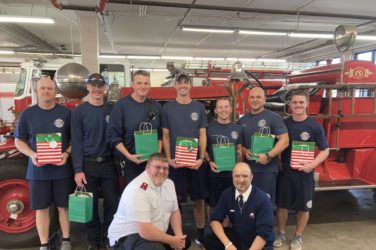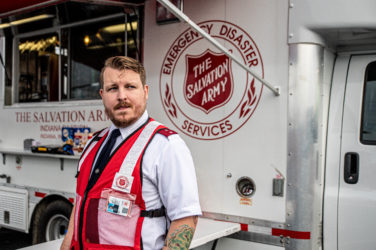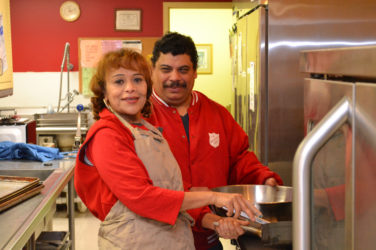In our Q & A about Project Advance in the January issue, Lt. Colonel Jonathan Rich mentioned 360 Life Centers and Bread of Life Centers. We were intrigued by these ministries which provide holistic service to their communities. Here we share what makes these unique iterations of The Salvation Army’s work stand out.
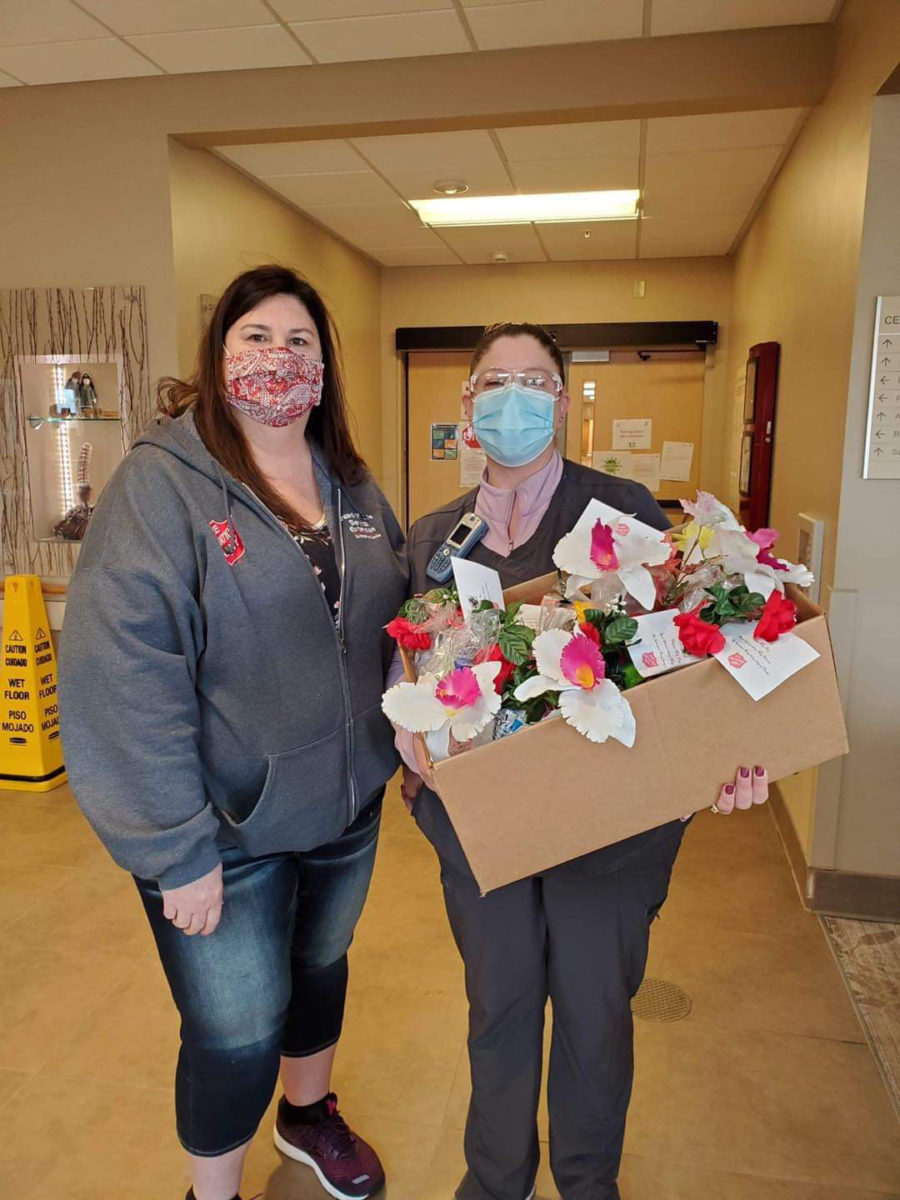 The Salvation Army’s long tradition of Soup, Soap and Salvation and its mission to meet human needs in Jesus’ name is embodied in the ministries of Bread of Life Centers in the Wisconsin and Upper Michigan Division and the 360 Life Centers in the Heartland Division. These are feet on the ground, taking Jesus to the streets ministries, unique in that they are not corps which hold worship services where an officer or envoy leads but also are not service extension units which have a primary function to provide financial and material assistance. They are somewhere in between and are just the right size of ministries for the communities they serve.
The Salvation Army’s long tradition of Soup, Soap and Salvation and its mission to meet human needs in Jesus’ name is embodied in the ministries of Bread of Life Centers in the Wisconsin and Upper Michigan Division and the 360 Life Centers in the Heartland Division. These are feet on the ground, taking Jesus to the streets ministries, unique in that they are not corps which hold worship services where an officer or envoy leads but also are not service extension units which have a primary function to provide financial and material assistance. They are somewhere in between and are just the right size of ministries for the communities they serve.
Bread of Life Centers
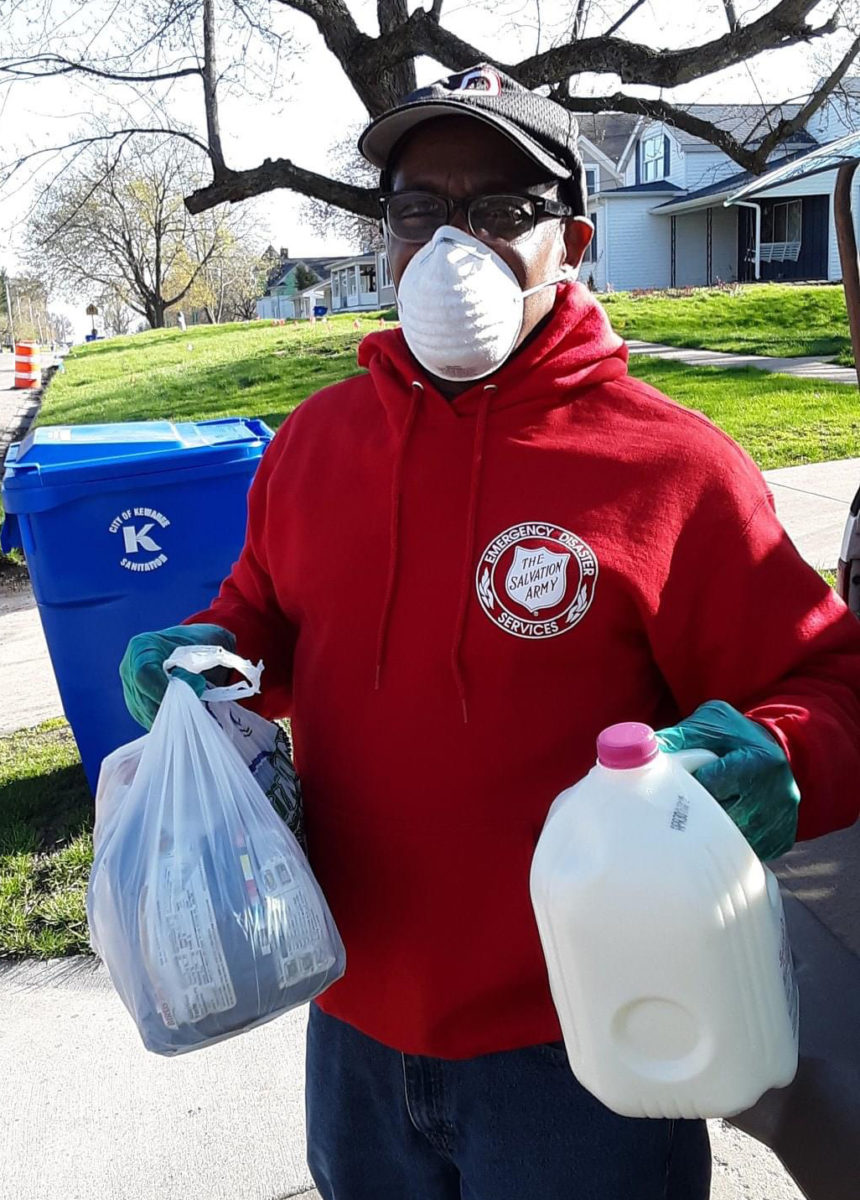 The first Bread of Life Center opened in 1996 in Calumet County, Wis., when a building was donated to further the mission of The Salvation Army there. A director was hired, and soon the emergency assistance offered by the existing service extension unit expanded to include a year-round food pantry and jail ministry, seasonal red kettle campaign and Christmas toy shop for families in need, and ongoing targeted ministry to the community.
The first Bread of Life Center opened in 1996 in Calumet County, Wis., when a building was donated to further the mission of The Salvation Army there. A director was hired, and soon the emergency assistance offered by the existing service extension unit expanded to include a year-round food pantry and jail ministry, seasonal red kettle campaign and Christmas toy shop for families in need, and ongoing targeted ministry to the community.
In the years since, an additional five Bread of Life Centers have opened in the division, each providing vital frontline ministry and service. At times these are expansions of existing service extension units, at others, transitions from full corps ministries. Changes are made strategically and prayerfully as The Salvation Army seeks to be good stewards of both human and material resources.
“The beauty of our Bread of Life Centers is that we are able to meet both physical and spiritual needs with minimal overhead costs,” said Ken Tregellas, who oversees the centers. “What we’ve seen in transitioning some corps to Bread of Life Centers is renewed local support and flourishing ministry.”
360 Life Centers
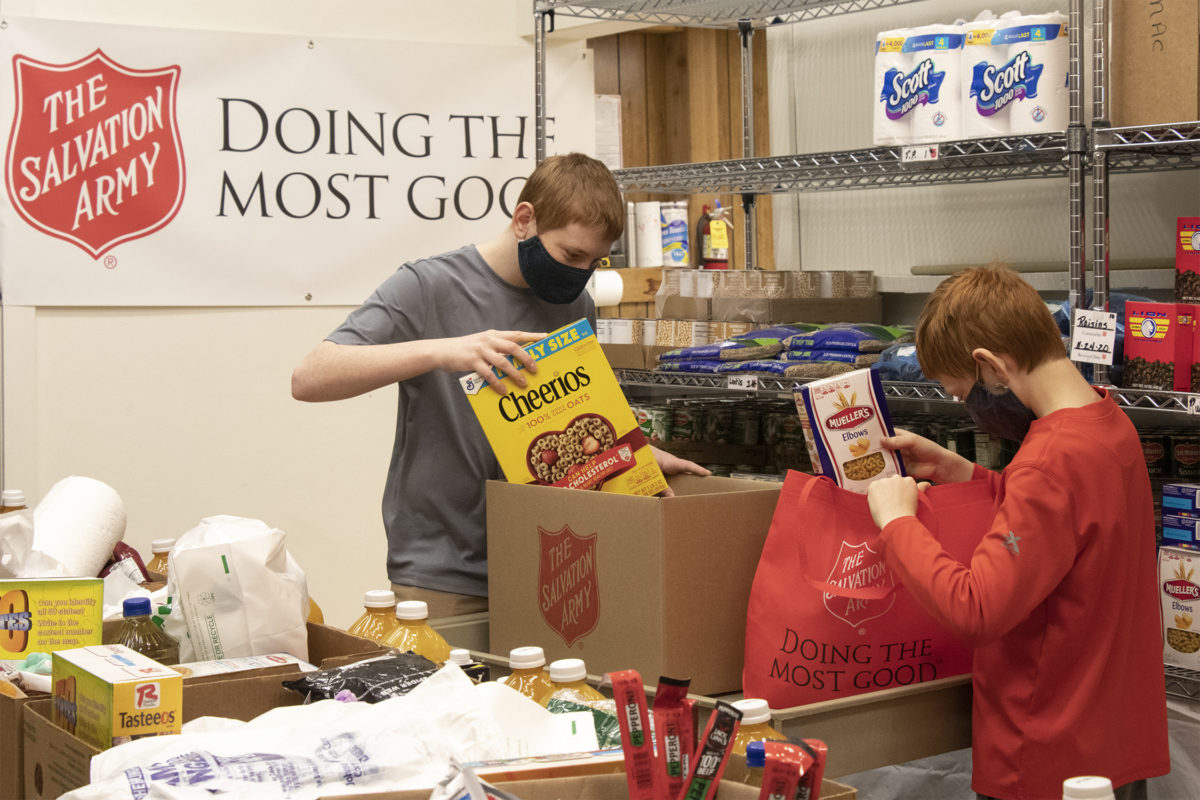 As needs have changed across the Heartland Division, transitions have been made from service units or corps to 360 Life Centers in six locations with great community support as well. Like Bread of Life
As needs have changed across the Heartland Division, transitions have been made from service units or corps to 360 Life Centers in six locations with great community support as well. Like Bread of Life
Centers, they support the territory’s mission advancement by allowing greater focus on local ministry expressions and maximizing the effectiveness of resources.
“Instead of formal worship services, we are looking to go out and share the gospel as we serve,” said Sam Amick, who oversees the 360 Life Centers. “The vision of the 360 Life Centers is that no one will stand alone. We are there to support people in their journey and share the Kingdom of God along the way.”
 Ministries and services provided by both the Bread of Life and Life 360 centers vary depending on the needs of the community. There are no required ministry activities; rather, directors, who are typically locals who know their community well, choose with intentionality the kinds of spiritual support that will be the most well-received and beneficial to those they serve. For example, centers might have online and in person Bible studies, host AA or NA meetings, or include devotions with their mobile feeding programs, in addition to enlisting local pastors or volunteers to offer prayer support and spiritual guidance to those seeking assistance.
Ministries and services provided by both the Bread of Life and Life 360 centers vary depending on the needs of the community. There are no required ministry activities; rather, directors, who are typically locals who know their community well, choose with intentionality the kinds of spiritual support that will be the most well-received and beneficial to those they serve. For example, centers might have online and in person Bible studies, host AA or NA meetings, or include devotions with their mobile feeding programs, in addition to enlisting local pastors or volunteers to offer prayer support and spiritual guidance to those seeking assistance.
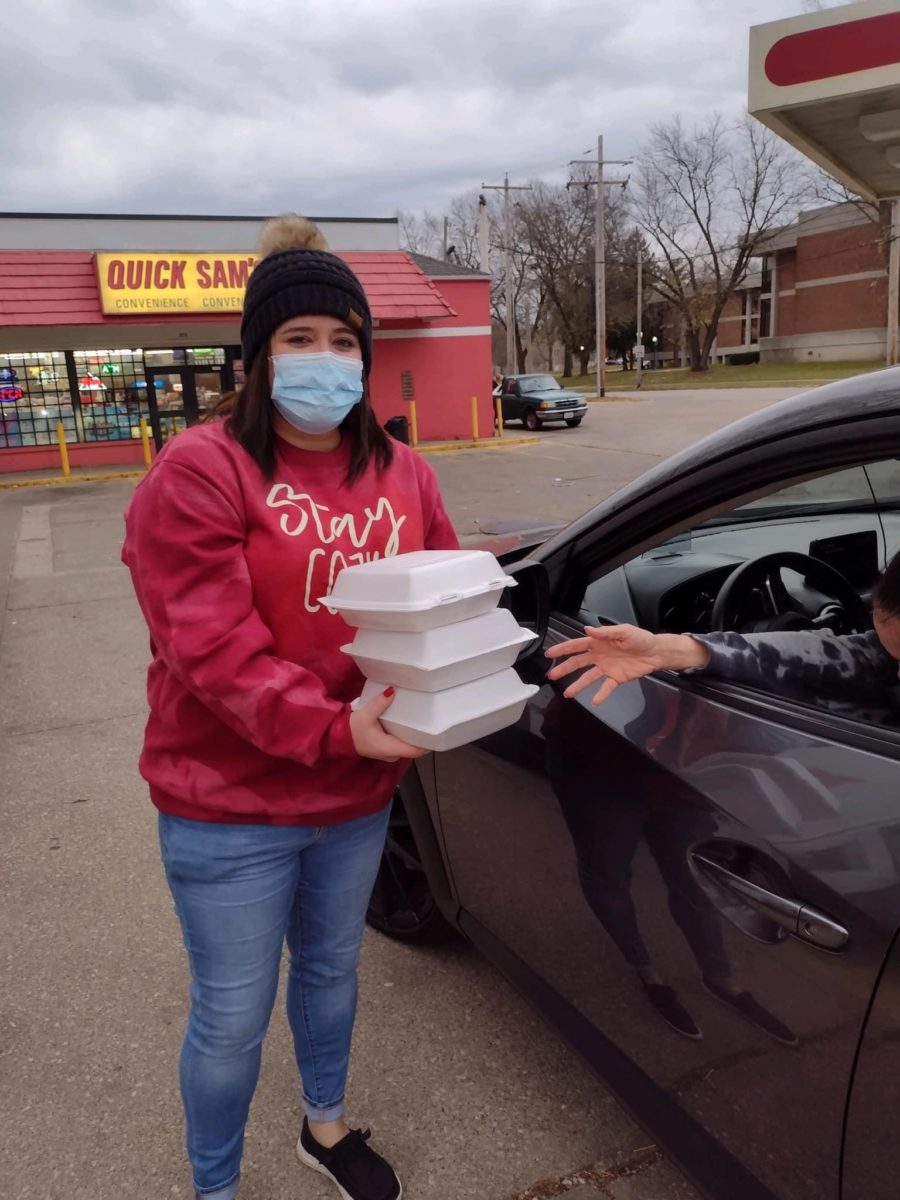 “The centers provide the opportunity to really focus on local needs,” said Ken. “With the support and approval of divisional headquarters, directors are given the freedom to elevate and move forward with whatever new services or ministries they can dream up and fund.”
“The centers provide the opportunity to really focus on local needs,” said Ken. “With the support and approval of divisional headquarters, directors are given the freedom to elevate and move forward with whatever new services or ministries they can dream up and fund.”
At times, this freedom has led to opportunities to invest in the community by meeting unconventional but significant needs such providing defibrillators to local schools.
Across both divisions, unconventional as well as traditional iterations of ministry have helped the centers thrive. For example, many centers have emergency disaster services (EDS) teams with local volunteers training and responding to natural disasters on behalf of The Salvation Army, and several centers have seen great success in ministering to families through the holistic, strengths-based Pathway of Hope initiative.
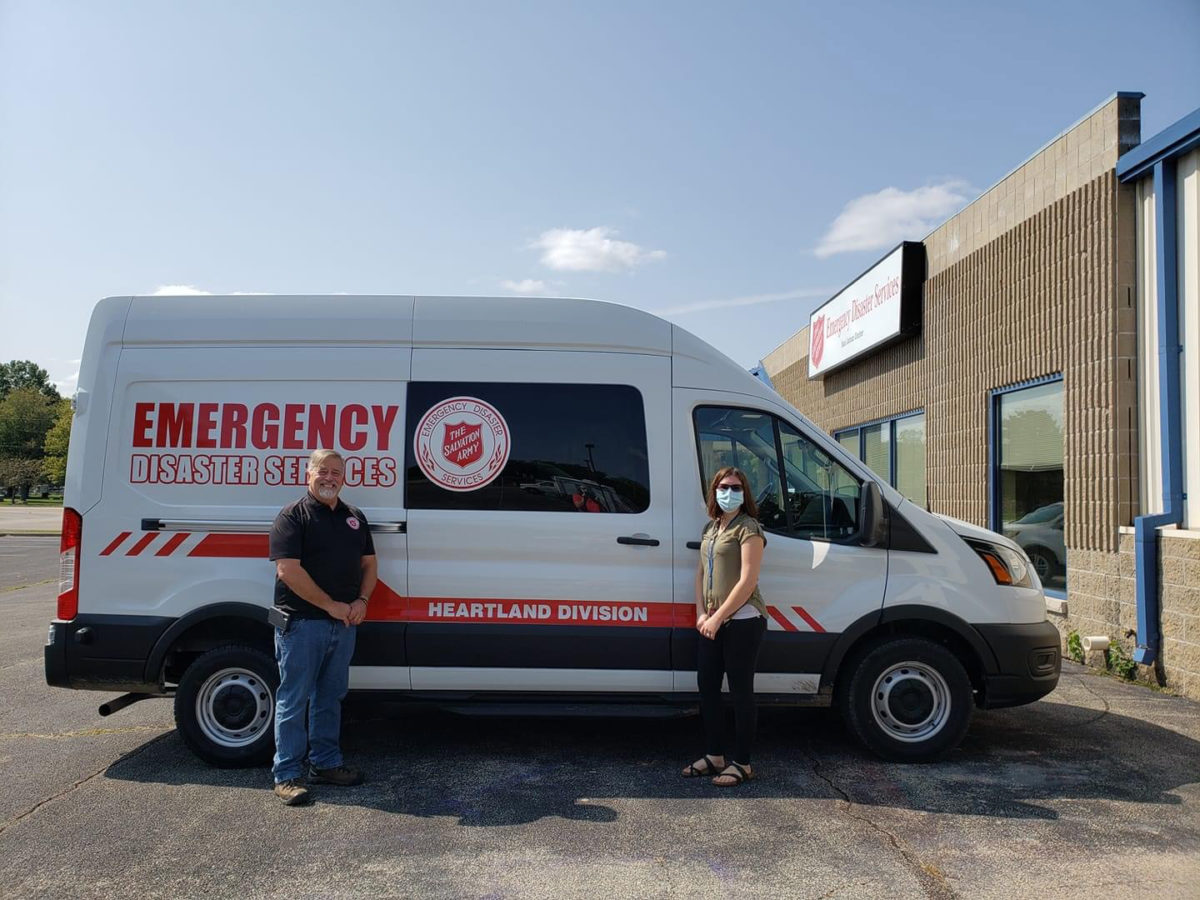 “Our ability to provide wraparound services is what sets us apart from other agencies,” concluded Sam. “Anybody can give out food and water, but to do so in Jesus’ name is The Salvation Army’s mission. At our centers we don’t preach on Sundays, but we do strive to show Jesus in everything we do each day.”
“Our ability to provide wraparound services is what sets us apart from other agencies,” concluded Sam. “Anybody can give out food and water, but to do so in Jesus’ name is The Salvation Army’s mission. At our centers we don’t preach on Sundays, but we do strive to show Jesus in everything we do each day.”

